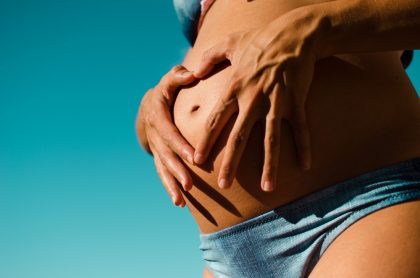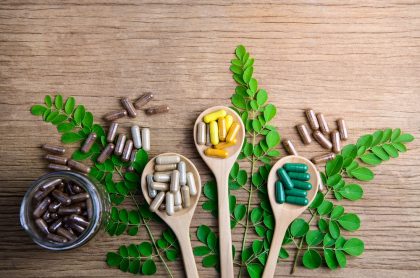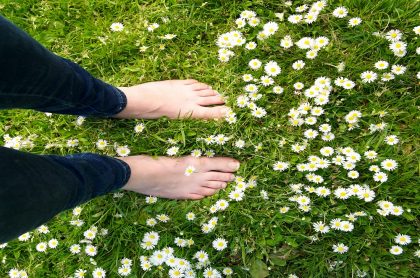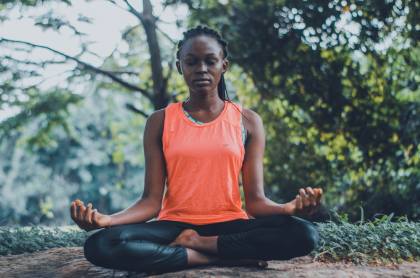Menstrual pain – a different type of treatment


You know them well, they show up every month – menstrual pains which can hinder your daily routine and sometimes even force you to take a vacation or miss appointments. Sure, you can take your regular painkillers, which may or may not help, and take comfort in the fact that the pains will pass in a few days. But have you thought about a different type of treatment?
Menstrual pains are the result of cramps in the uterus during your monthly menstrual cycle, as the mucuos membrane within the womb gets ready for conception. However, when no conception takes place, these mucous cells die and are expelled when the uterus contracts, with the result being menstruation.
Typical pain can be felt in the lower abdomen, back and sometimes pain even radiates down into the legs. In addition, these pains can be accompanied by feeling bloated and congested, as well as experiencing headaches, vomiting, weakness and diarrhea.
Menstrual pains are affected by the following, with the resulting diagnoses based on questioning, menstrual cycle type, symptomatic information and more.
Hormonal balance – the monthly menstrual cycle has an impact on many hormones, including estrogen, progesterone, LH, FSH and prolactin, which in turn have a significant effect on pain. For example, having too much progesterone can lead to heavy menstruation accompanied by pain, congestion and a feeling of being bloated. Treatment for this type of pain can include medicinal herbs, dietary changes and touch therapy.
Nerve-related conditions – The muscles of the womb are smooth and are activated by the vagus nerve. When we are calm the muscle is relaxed, but when we are stressed the muscle contracts. A relaxed muscle enables better expulsion of dead mucous cells from the body, while a contracted muscle has the opposite effect. Nerve-related conditions can be treated with medicinal herbs, touch therapy and breathing exercises to enable muscle relaxation.
Structural conditions – An imbalanced pelvic alignment, such as one which leans back, increases the curvature of the spine and can create increased pressure on the womb, which then creates pain. Pains as a result of structural conditions are treated primarily via touch therapy, which helps balance the structural difference with exercises focusing on correct posture.
Secondary pain – This pain can be the result of maladies such as endometriosis. Treatment for secondary pain will focus on the source of the pain and symptomatic treatment to lower it.
Similar articles
-
6 tips to help with morning sickness
inIt’s common for some women to complain of vomiting and feelings of nausea in the mornings during pregnancy, though the intensity varies from person to person.
More in Health
-
Do you really need supplements for a healthy lifestyle?
inMany people regularly ask, “do I really need supplements for a healthy lifestyle?”, and if so, which are the best ones to take?
-
Biohack: how to reap the top health benefits of grounding!
inI’m sure you’ve all heard of grounding, it’s been quite the buzz word recently. But what is it, really, and what are the health benefits of grounding?
-
Discover the power of conscious deep breathing on your health
inBreathing is something the body does without any conscious effort, but the power of conscious deep breathing is definitely no joke!











